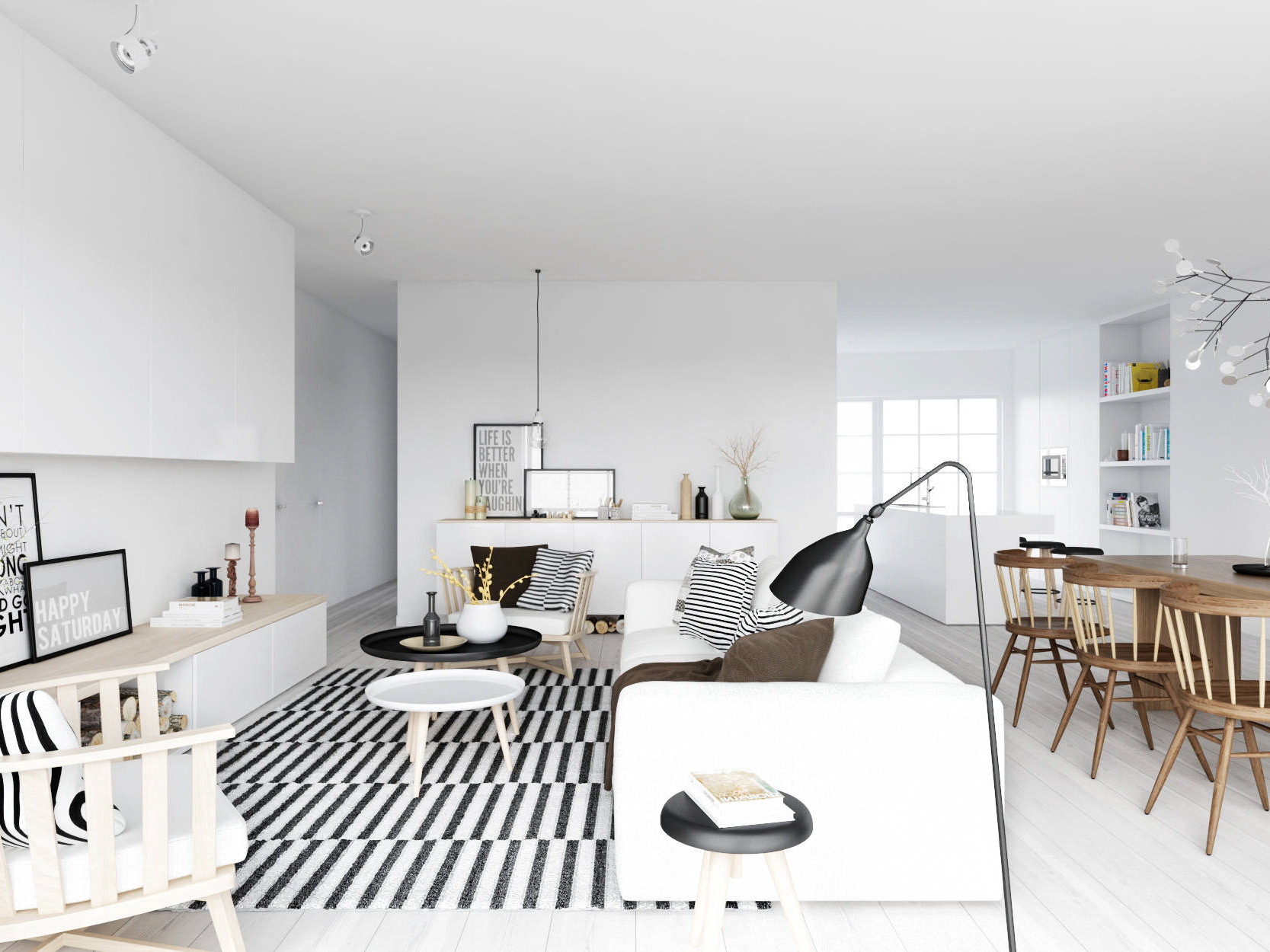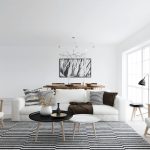When it comes to interior design, lighting plays a crucial role in enhancing the aesthetics of a living space. Pendant lights are a popular lighting fixture used in many homes today, and their trend started long ago, particularly during the 1960s. Pendant lights from the sixties continue to fascinate us to date, with their unique design and exquisite finishes standing out. This article delves into the details of 60s pendant lights and why they are still relevant in modern times.
The Design of 60s Pendant Lights
The pendant light design of the sixties was characterized by the use of metallic materials that exude a sense of sophistication and style. The shapes of the pendant lights were not uniform, ranging from cone-shaped, spherical, and geometric. The materials used in making the pendant lights included brass, copper, and aluminum, among others. The sixties pendant lights often featured intricate detailing and finishes that elevated their aesthetic value. The trend of mixing materials, such as wood and metal, was also stylish at that time.
The Importance of Form and Functionality
The design philosophy behind 60s pendant light focused on both form and functionality. As much as the aesthetic value was emphasized, the light fixtures were designed to provide ambient and functional lighting. The use of metallic shades allowed for the reflection and directional lighting, which is still a relevant illumination concept in modern lighting. The variety of shapes gave room for the pendant lights to be used in different interior design styles, from modern, contemporary to traditional.
Why 60s Pendant Lights are Still Relevant Today
The relevance of 60s pendant lights in modern times cannot be overstated. The designs of the sixties portrayed unique styles that are still appealing today. Pendant lights from the sixties have a timeless elegance that makes them stand out from other lighting fixtures. Their design and use of materials such as brass and gold are still popular and have been integrated into modern pendant light designs. The intricate finishes and shapes of sixties pendant lights have inspired contemporary lighting designers globally.
How to Incorporate 60s Pendant Lights into Modern Interior Design
With their timeless design, 60s pendant lights can be incorporated easily into modern interior design styles. One way to incorporate a 60s pendant light into a modern setting is by contrasting the design with modern furniture pieces. This creates visual interest and adds a layer of excitement to the living space. Additionally, using pendant lights in unconventional spaces such as the bedroom, dining room, and kitchen adds a touch of glamour and sophistication to these rooms.
60s pendant lights hold a significant place in modern lighting design, reminding us of the intricacies of design and the importance of form and functionality. Those who appreciate elegance and sophistication in home design can quickly adopt the use of 60s pendant lights. The timeless elegance of these pendant lights will continue to fascinate and inspire designers and homeowners alike for many years to come.



